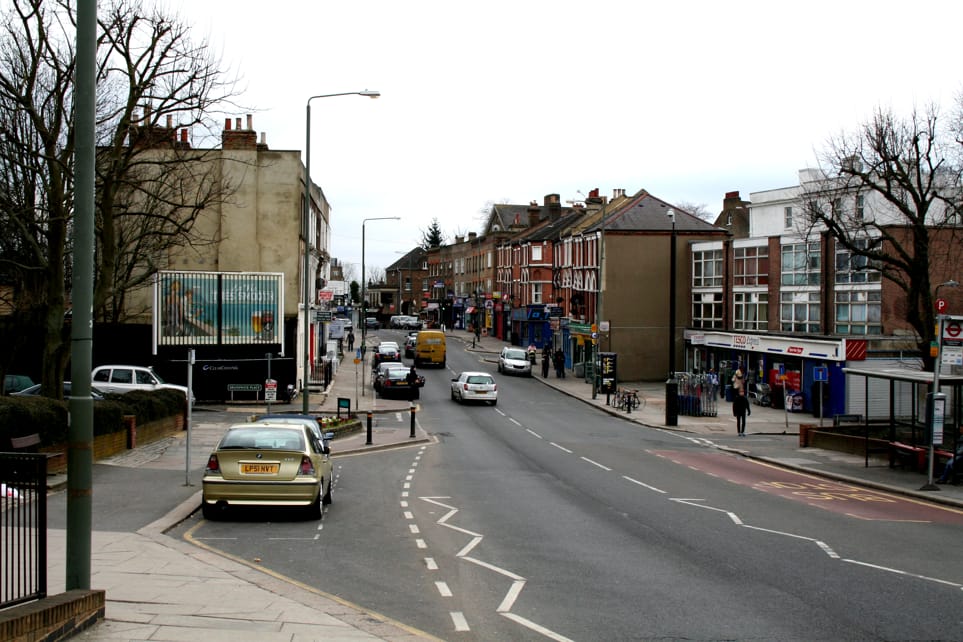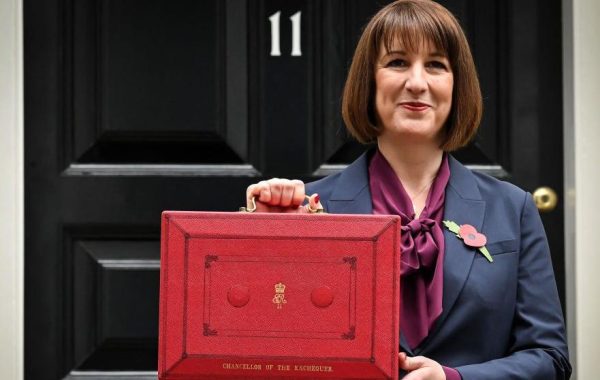
Bromley Anerley Flat Conversion: Hidden Property Potential
Bromley Anerley flat conversion projects led by London architects unlock unseen value in overlooked properties.
🏚️→🏢 “Rooms of One’s Own”: The Quiet Rebellion of Bromley Anerley’s Homes
There’s something happening in Bromley Anerley. Walk its streets, and you’ll see grand old homes with peeling cornices and forgotten side entrances. But behind their sleepy façades, a quiet architectural rebellion is brewing. These aren’t just renovations — they’re acts of reinvention.
In a city where space is gold and housing demand grows louder each year, London architects are looking not outward, but inward. Up staircases that once creaked under single-family life. Into attics that dream of becoming bedrooms. Beneath stairs that might hide a utility room or micro-loft.
Welcome to the era of flat conversion where a home becomes plural. And Bromley Anerley? It’s the unlikely frontier.
✂️ Slicing the Dream: Why Convert in Bromley Anerley?
This isn’t a hack job. It’s a kind of architectural surgery.
Large period homes — beautiful, nostalgic, but often underused — are being reimagined into two, three, even four flats. Think split-level studios with garden views. Compact one-beds with vaulted ceilings. Duplexes where bay windows now belong to new stories.
But why here?
📍 Location: Sandwiched between transport-rich Crystal Palace and laid-back Beckenham, Anerley offers both accessibility and quiet.
🏗️ Stock: The existing Victorian and Edwardian building fabric lends itself perfectly to sympathetic division.
💰 Value: With the right design and permissions, a single home can yield three times the rental return.
👷♂️ Talent: Local London architects have become specialists in unlocking these homes’ potential without gutting their soul.
🧭 What You Really Need to Know Before You Convert
Too many people assume a flat conversion is just a matter of planning approval. But really, it’s a game of precision and poetry. The practical must blend with the personal.
Here’s what you’ll face:
🗂️ Planning Permission & Permitted Development: Depending on layout and external changes, Bromley’s planners may require a full application.
🔌 Separate Services: Each flat needs independent gas, water, and electricity — and meters, of course.
🚪 Private Entrances: Can you create independent access for each unit? If not, what’s the workaround?
📐 Space Standards: London has strict internal space rules — are your rooms legally big enough?
🔊 Soundproofing & Fire Safety: This isn’t just regulation; it’s reputation. Don’t cut corners.
🧠 Designing for Humans, Not Just Floorplans
The best conversions don’t feel “converted.” They feel intentional. That’s where the right London architect comes in — not just to follow rules, but to tell stories through space.
They ask:
Can we carve light into a basement?
Can we open up a loft without disturbing the neighbours’ line of sight?
Can we honour the original character while giving someone a fresh start?
Because a good conversion isn’t just about adding units. It’s about multiplying lives.
🧱 The Unexpected Challenges (and Joys)
Neighbours may object. Be ready to build goodwill, not just walls.
The council may ask for contributions (yes, money).
Parking? A common sticking point — be ready with a transport statement.
And sometimes, in reconfiguring a house, you discover its history — and suddenly, it’s not just a build. It’s a preservation project.
🎯 Who’s Doing It — And Why?
👨👩👧👦 Families splitting homes for intergenerational living.
💼 Investors building portfolios.
🧑🎨 Creatives wanting live-work hybrids.
🧓 Empty nesters freeing up space without moving out entirely.
Each story is different. But the setting — Bromley Anerley — is proving to be surprisingly flexible.
🧩 Final Thought: Flat Conversion Isn’t Subdivision — It’s Storytelling
You’re not “breaking up” a house. You’re redistributing potential.
And with the right London architect, you’re not just building walls — you’re crafting futures.
❓FAQ: Bromley Anerley Flat Conversions
Q1: Do I need planning permission to convert my home into flats in Bromley?
Yes, in most cases. A full planning application is required unless it’s already a registered HMO or the building has previous permissions.
Q2: What kind of architect should I hire for a flat conversion?
Look for London architects with proven experience in residential conversions, especially in heritage or period homes.
Q3: How many flats can I create from my house?
This depends on your building’s size, layout, access points, and compliance with London’s minimum space standards.
Q4: What increases the chances of getting approval?
Clear access, dedicated entrances, compliance with fire and sound regulations, and thoughtful design all help. Bonus: Pre-application advice from the council.
Q5: Can I live in one flat and rent the others?
Absolutely. Many homeowners convert their homes to live in one unit and rent or Airbnb the others.
Q6: Will it affect resale value?
Usually, yes — positively. Multiple flats can mean higher total value than a single large home, depending on market demand.
Q7: Is Bromley Council supportive of flat conversions?
Generally yes, if the design respects the local character, doesn’t overcrowd, and meets policy standards.
Q8: Can I convert a basement or loft as part of the project?
Definitely. Many flat conversions in London include lofts or basements — with the right structural support and permissions.
Q9: How long does a flat conversion take?
Typically, 3-6 months for planning and design; 6-9 months for construction depending on scope.
Q10: What are common mistakes people make?
Not hiring an architect early
Ignoring neighbours’ rights
Underestimating cost
Overdesigning for short-term gain




